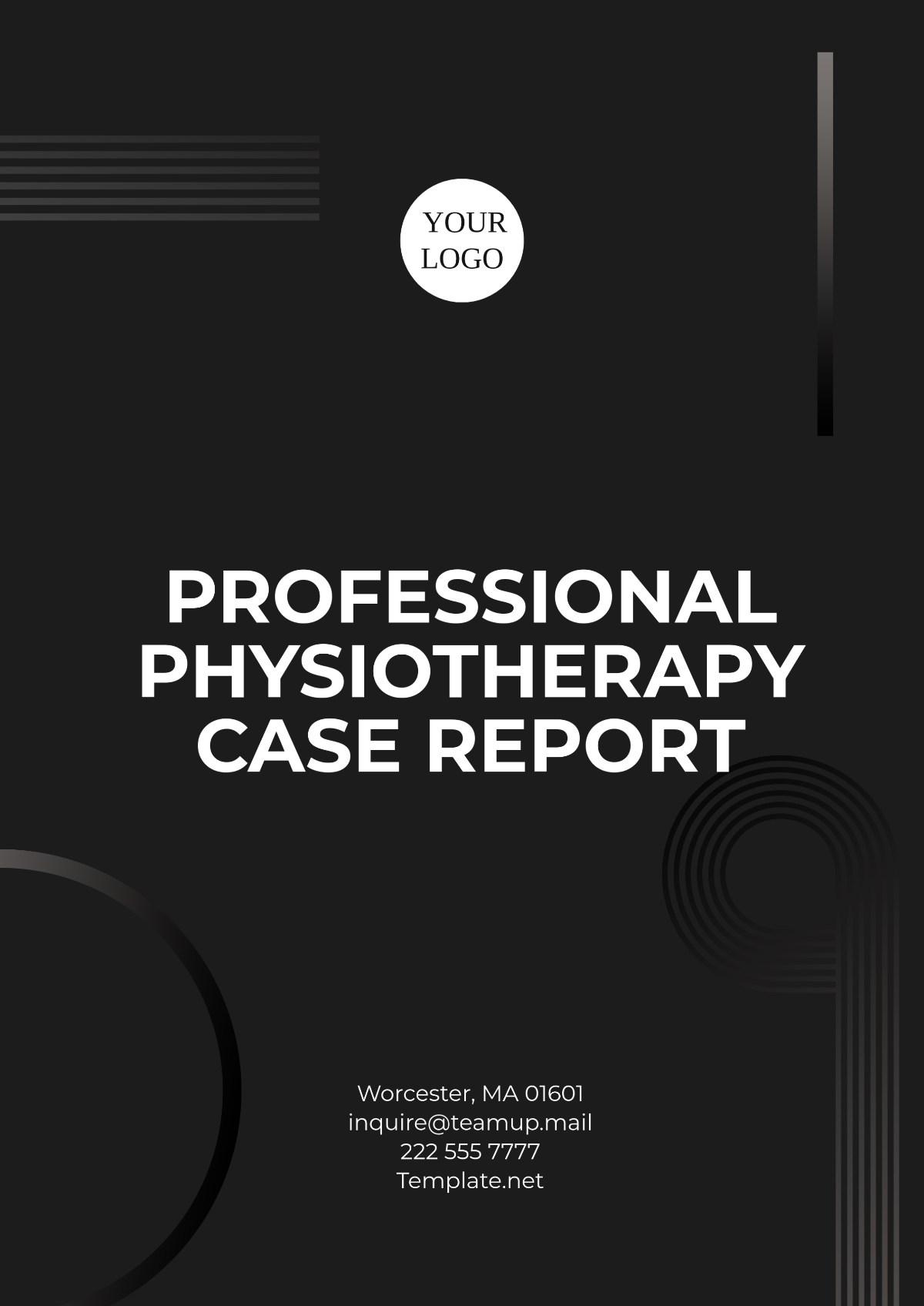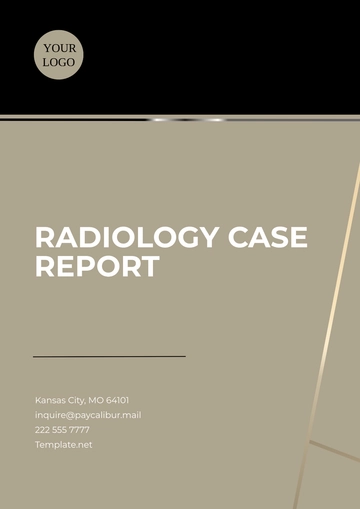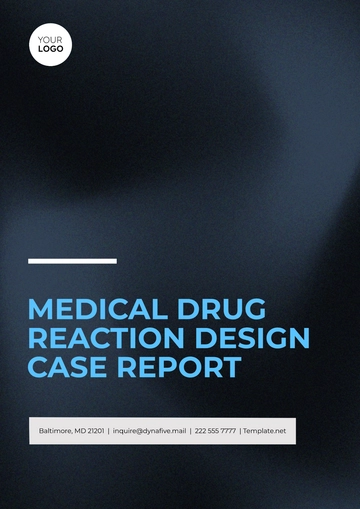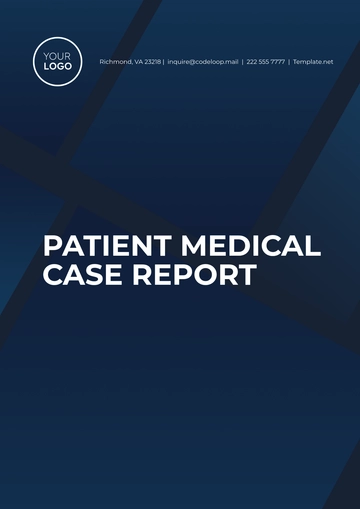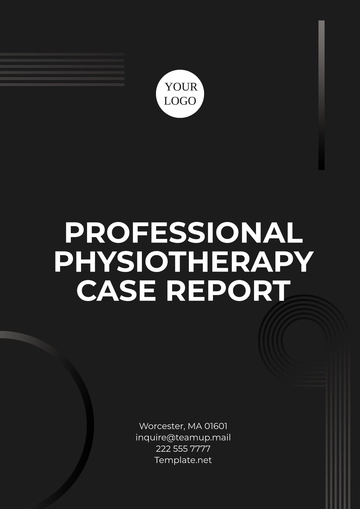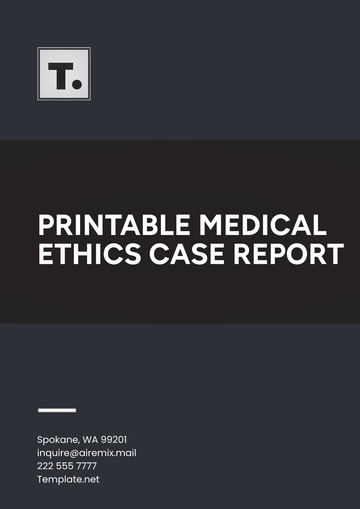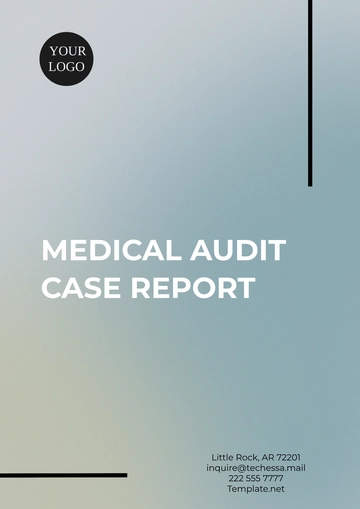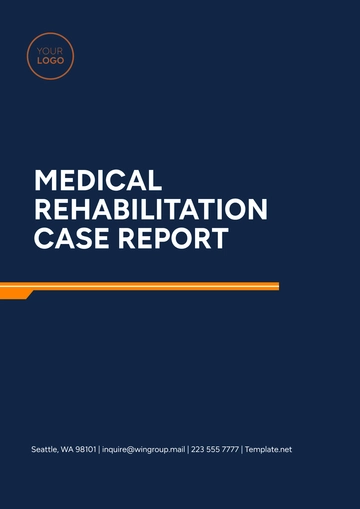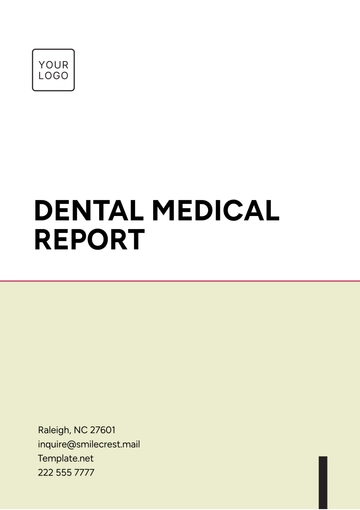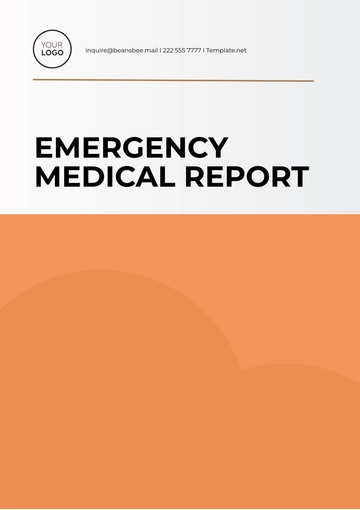Professional Physiotherapy Case Report
1. Introduction
The purpose of this case report is to document a detailed account of a physiotherapy treatment process, aimed at providing insights into the methodologies, therapies, and outcomes involved. This report serves as a template for professionals in the field, ensuring consistency and comprehensiveness in case documentation.
2. Patient Information
Patient Demographics
Attribute | Details |
|---|
Age | 35 years |
Gender | Female |
Occupation | Office Worker |
Medical History | History of chronic lower back pain |
3. Clinical Examination
A. Initial Assessment
The patient presented with complaints of persistent lower back pain exacerbated by prolonged sitting. Upon examination, tenderness was observed in the lumbar region, with a noticeable limitation in the range of motion.
B. Special Tests Conducted
Straight Leg Raise Test: Positive
Lumbar Spine Flexibility Test: Reduced flexibility
MRI Scan: Degenerative disc disease identified
4. Diagnosis
The clinical findings and diagnostic imaging suggest a diagnosis of lumbar degenerative disc disease with secondary muscular pain due to postural strain.
5. Treatment Plan
The established treatment plan focused on alleviating pain, improving the range of motion, and strengthening core muscles to support the lumbar region. A multidisciplinary approach was adopted, integrating physiotherapy with patient education and behavioral modifications.
A. Short-Term Goals
B. Long-Term Goals
6. Therapeutic Interventions
A. Physical Therapy Techniques
The following techniques were employed during the physiotherapy sessions:
Manual Therapy: Including soft tissue mobilization and joint mobilization
Electrotherapy: Utilization of TENS to manage pain
Therapeutic Exercises: Targeted exercises focusing on stretching and strengthening the core muscles
Postural Training: Educating the patient on maintaining correct posture during daily activities
B. Patient Education
The patient was educated on the following:
Ergonomic adjustments at the workplace to prevent back strain
Importance of regular physical activity and guided exercises
Awareness of body mechanics during routine tasks
7. Progress Evaluation
Regular assessments were conducted to monitor progress and make necessary adjustments to the treatment plan.
A. Week 2 Evaluation
The patient reported a significant reduction in pain levels and improved flexibility. Subjective feedback indicated a 60% improvement in daily functional activities.
B. Week 4 Evaluation
Continued improvement in mobility and a further reduction in pain episodes were observed. The patient began incorporating more advanced exercises in the treatment regimen.
8. Outcome
By the conclusion of the treatment program, the patient achieved all the predefined goals, experiencing full restoration of functionality and a substantial decrease in pain occurrences. Reinforcement exercises were recommended to maintain long-term benefits.
9. Discussion
This case highlights the importance of a personalized and integrative approach in physiotherapy. The combination of clinical assessment, targeted interventions, and continuous patient engagement effectively addressed the underlying issues while promoting self-management and prevention of future occurrences.
10. Conclusion
Physiotherapy plays a pivotal role in managing and rehabilitating musculoskeletal disorders. This case report reinforces the efficacy of comprehensive treatment strategies tailored to individual patient needs, promoting holistic recovery and sustainable health outcomes.
Report Templates @ Template.net
